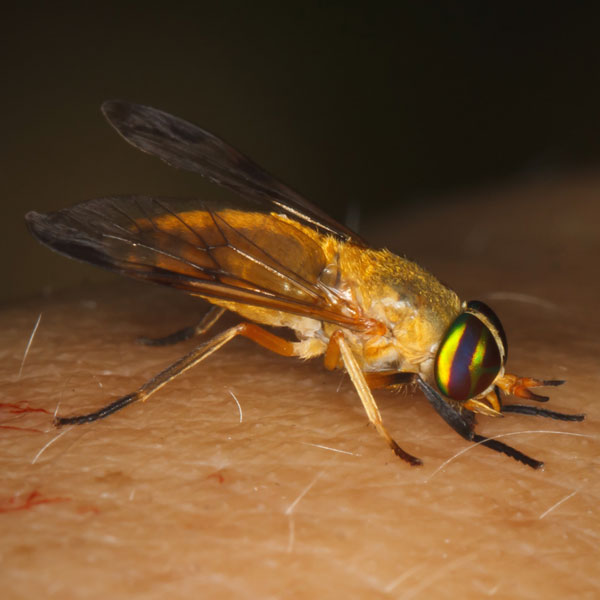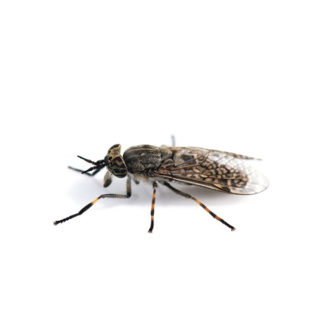Yellow Flies in Kailua Kona
Yellow flies, sometimes mistaken for deer or horse flies, are equally unwelcome owing to their painful bites. These insects are found in the southeastern regions of the United States, spanning from New Jersey to Texas and Florida. Resembling deer flies in appearance, they often cause confusion during identification. Similar to mosquitoes, it is the female yellow fly that delivers the bites, as males primarily nourish themselves on pollen and nectar. The likelihood of encountering yellow flies is highest during the warmth of summer and early fall, making awareness of their presence crucial for those in affected areas.
Yellow Fly Habitat
Adult yellow flies are skilled fliers and are commonly found in proximity to their larval habitat, yet they may cover substantial distances to seek a blood meal. These flies tend to gather in shaded, humid environments along the edges of forests, rivers, and creeks, avoiding extensive, sunny areas. The larvae, whether aquatic or semi-aquatic, are often situated in deeply shaded areas within root mats of trees, always beneath the water surface. Yellow flies thrive in warm and humid weather conditions, displaying heightened activity during the daytime just before twilight. While domestic animals, including dogs, are readily targeted, the fly’s preference for shade reduces its impact on cattle and horses in open pastures.
Yellow Fly Behaviors, Threats, or Dangers
The University of Florida states that the bite from the female yellow fly is categorized as one of the most severe bites. Like mosquitoes, female yellow flies must obtain a blood meal to facilitate reproduction. Adult females actively bite humans throughout the day, with heightened activity in late afternoons on overcast days. Yellow fly bites are known for their pain, often causing sizable and itchy swellings that can endure for days. If symptoms of infection, such as fever, nausea, headaches, or swollen lymph nodes, manifest after a yellow fly bite, seeking medical attention is highly recommended. For more information on yellow flies, contact your local fly exterminator.
Need help with Yellow Fly control?
Need Pest Control Service?
Leave your information below and we’ll be in touch with a FREE quote!
"*" indicates required fields
*During normal business hours. After hours calls will be returned the next business day.





